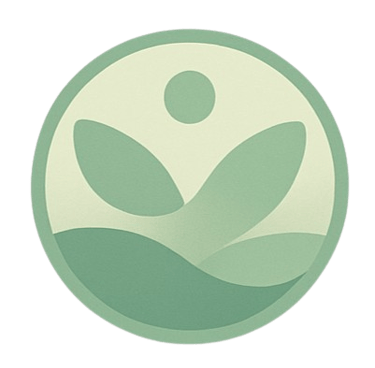20 Common Questions About TRE®
Curious about TRE? This guide answers 20 of the most common questions about Tension & Trauma Releasing Exercises—a gentle, body-based method developed by Dr. David Berceli to help release deep muscular tension and calm the nervous system.


20 Common Questions About TRE
Below are 20 frequently asked questions about TRE (Tension & Trauma Releasing Exercises), a body-based practice designed to help individuals release deep muscular patterns of stress and tension. While the provided search results do not directly cover TRE, the following questions and answers are based on widely accepted knowledge in the field.
What is TRE?
TRE stands for Tension & Trauma Releasing Exercises, a series of physical exercises developed by Dr. David Berceli to help the body release deep muscular tension and stress.
How does TRE work?
TRE uses a set of simple exercises to activate a natural reflex mechanism of shaking or vibrating in the body, which helps release muscular tension, calm the nervous system, ad restore a sense of well-being.
Who developed TRE?
TRE was developed by Dr. David Berceli, an international expert in trauma intervention and conflict resolution.
Is TRE safe for everyone?
TRE is generally safe for most people, but those with severe trauma, physical injuries, or certain medical conditions should consult a healthcare provider or a certified TRE provider before starting.
What are the benefits of TRE?
Reported benefits include reduced anxiety, better sleep, decreased muscle and back pain, improved mood, and greater resilience to stress.
How long does a TRE session take?
A typical TRE session lasts about 30–60 minutes, including warm-up exercises and the tremoring phase.
How often should I practice TRE?
Beginners are advised to start with 1–2 sessions per week, gradually increasing frequency as comfort and experience grow.
Do I need a certified provider to practice TRE?
While TRE can be learned through books or online videos, working with a certified provider is recommended, especially for those with a history of trauma, to ensure safety and proper technique.
Can TRE help with PTSD or trauma?
TRE is used as a supportive tool for trauma recovery, but it is not a replacement for professional therapy. It can help regulate the nervous system and release physical tension associated with trauma.
What does the shaking/tremoring feel like?
The tremors are generally gentle, involuntary muscle movements that begin in the legs or pelvis and may spread throughout the body.
Is it normal to feel emotional during or after TRE?
Yes, emotional releases such as laughter, tears, or memories can surface as tension is released from the body.
Can TRE be practiced alone?
Once learned safely, many people practice TRE on their own, but beginners should start with guidance.
Are there any risks or side effects?
Some people may feel tired or emotional after a session. Rarely, old injuries or trauma memories may surface, which is why professional support is recommended for some individuals.
How is TRE different from yoga or meditation?
TRE focuses specifically on activating the body’s natural tremor mechanism to release tension, whereas yoga and meditation use different approaches for relaxation and self-awareness.
What should I wear for a TRE session?
Comfortable, loose-fitting clothing is best, as the exercises involve stretching and lying on the floor.
Can children practice TRE?
TRE can be adapted for children, but it should be done with a certified practitioner experienced in working with young people.
Is TRE supported by scientific research?
There is growing anecdotal and preliminary research support for TRE’s benefits, but more large-scale, peer-reviewed studies are needed.
Can TRE help with chronic pain?
Many practitioners report improvement in chronic pain symptoms as muscular tension is released, though results vary.
How will I know if TRE is working for me?
Signs include feeling calmer, sleeping better, reduced muscle tension, and improved mood after sessions.
Can TRE be combined with other therapies or wellness practices?
Yes. TRE can complement a wide range of therapies and practices such as psychotherapy, yoga, massage, somatic experiencing, and breathwork. It works particularly well as part of an integrative approach to healing, allowing the body to release tension that talk therapy or cognitive methods may not reach.
Connect
Follow
E-mail:
Phone (WhatsApp)
© 2025. All rights reserved.
Useful links


TRE® is a registered trademark with all intellectual rights belonging to TRE® for All, Inc.
TRE® has not been evaluated by the US Food & Drug Administration or the American Medical Association.
This technology is not intended to diagnose, treat, cure, or prevent any disease. Medical advice must only be obtained from a physician or qualified health practitioner.
Results may vary between individuals. There are no guarantees, expressed, or implied.
